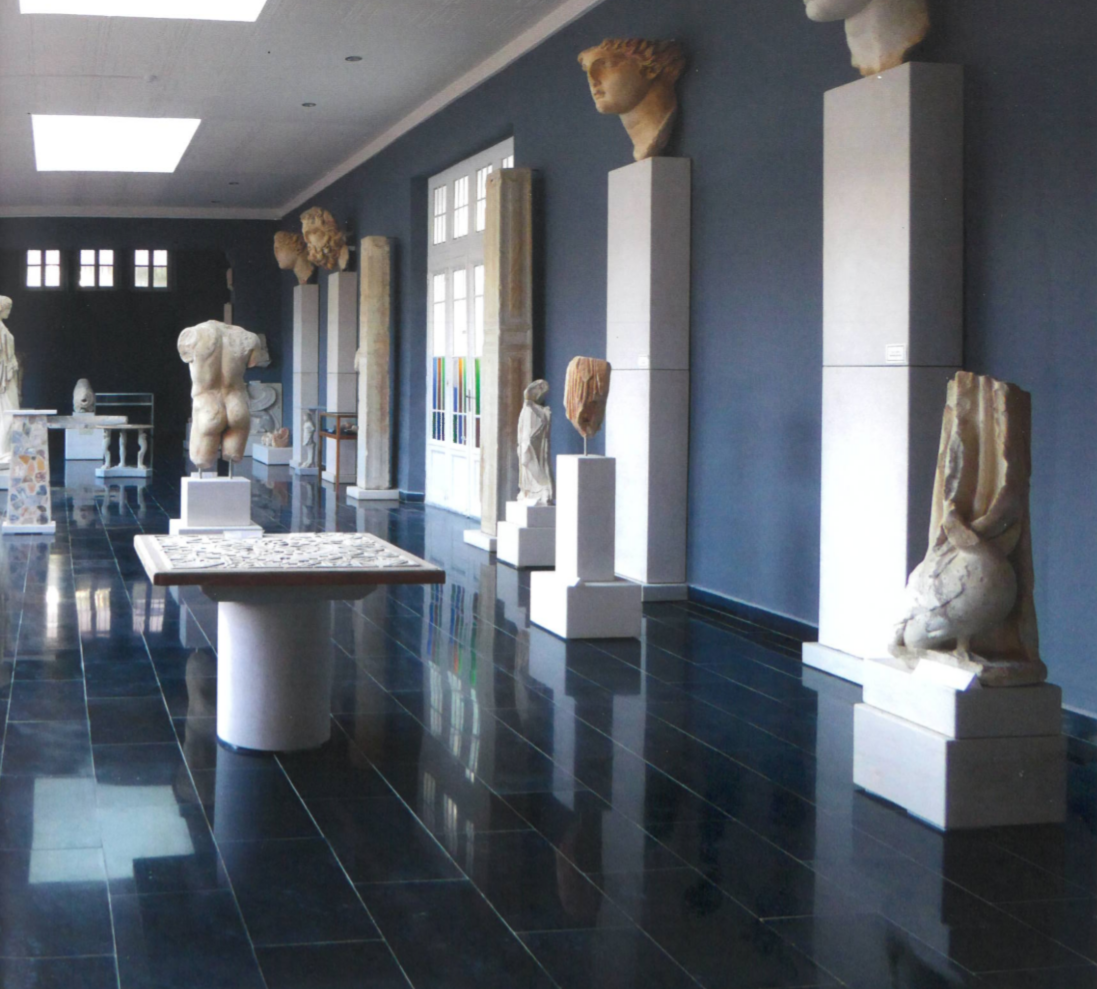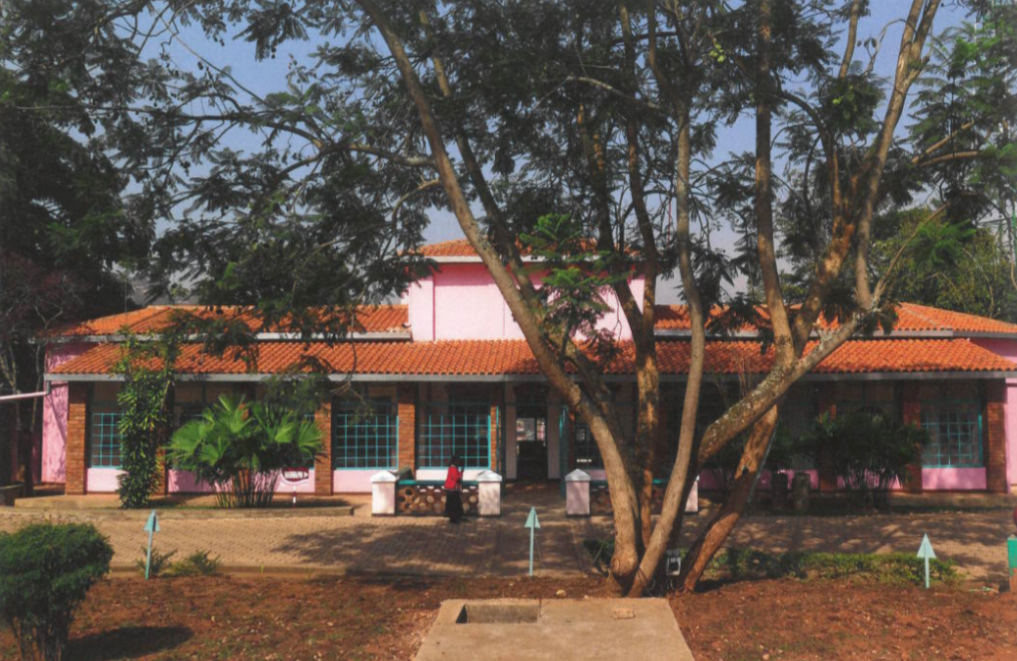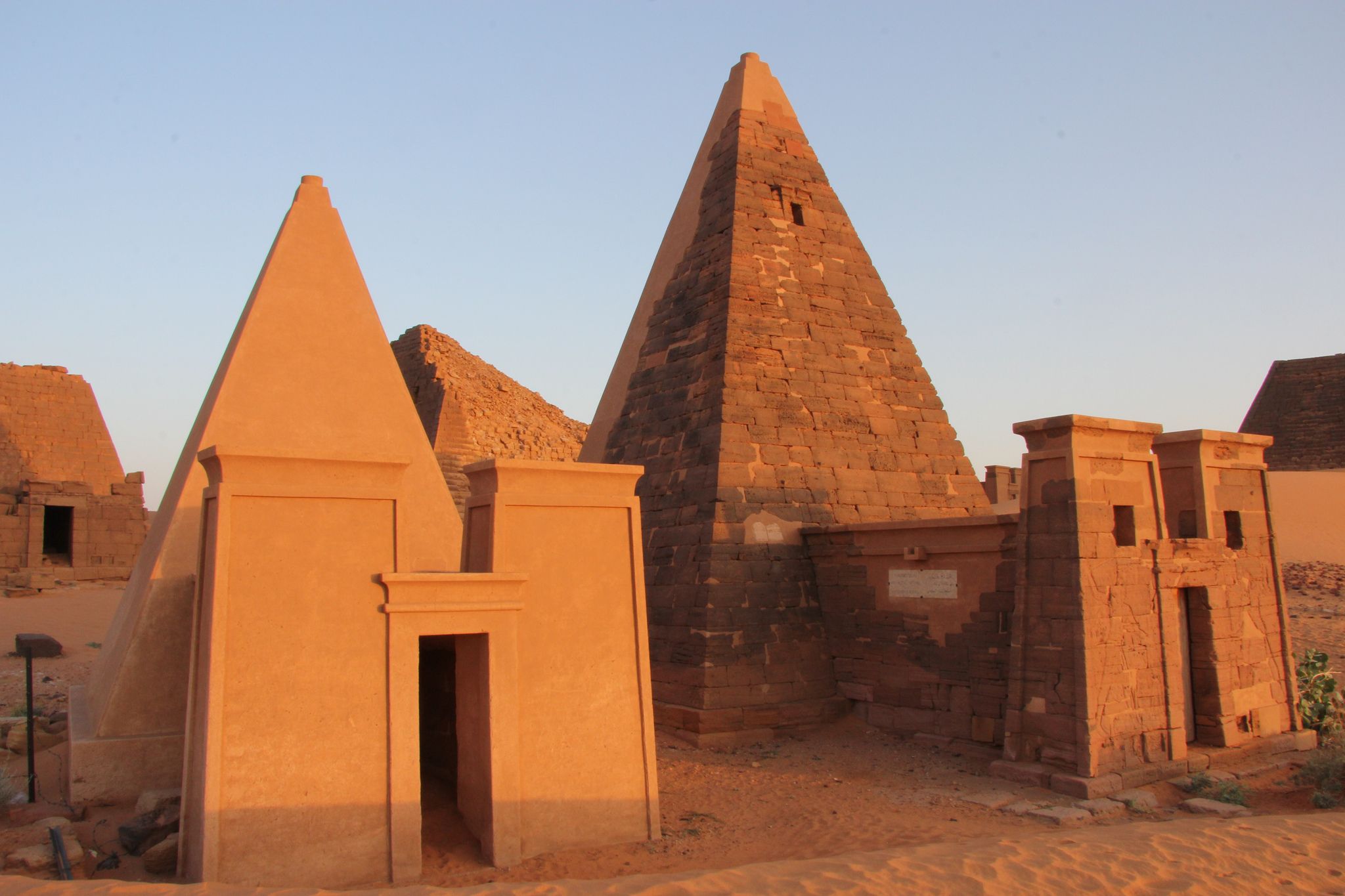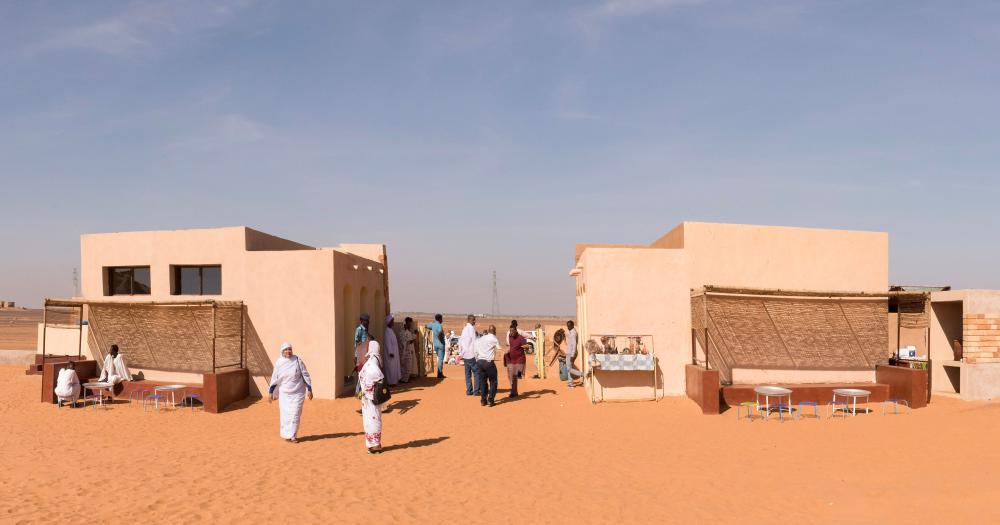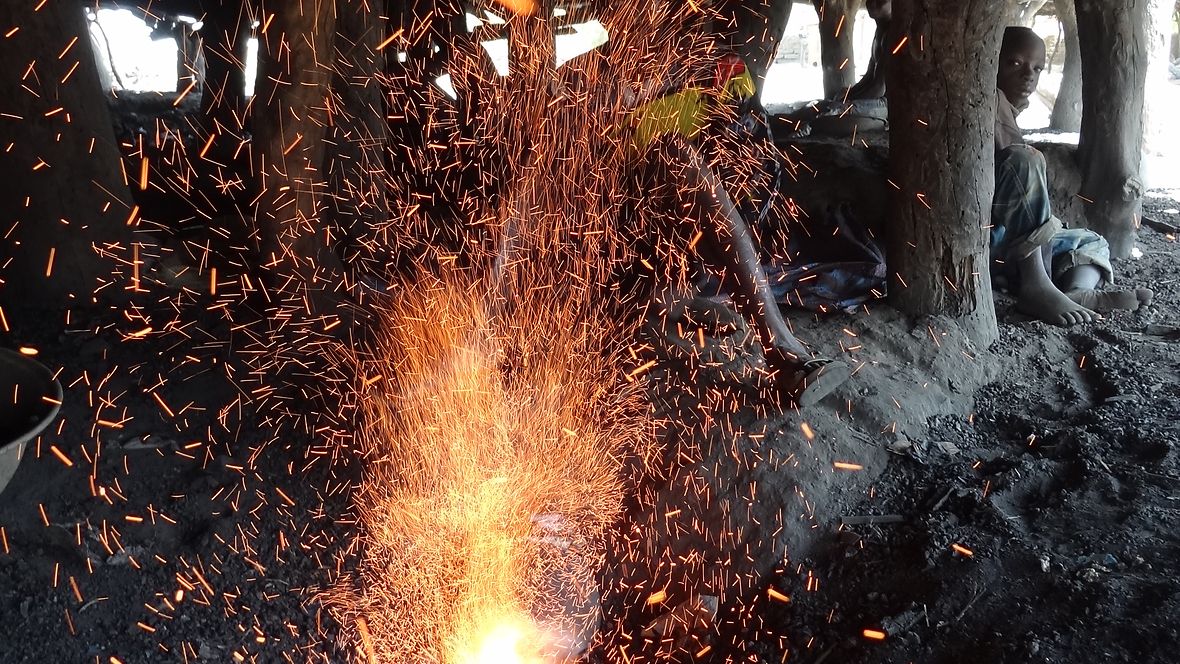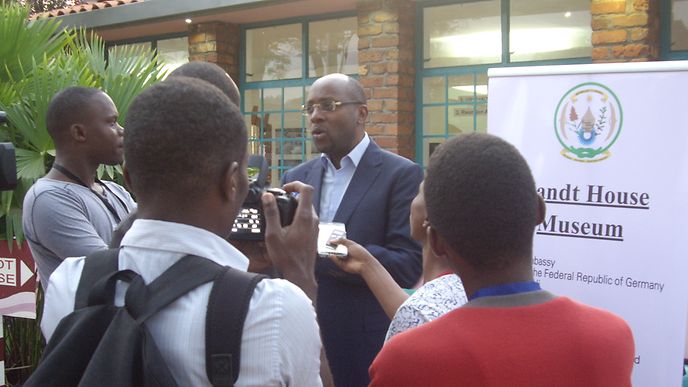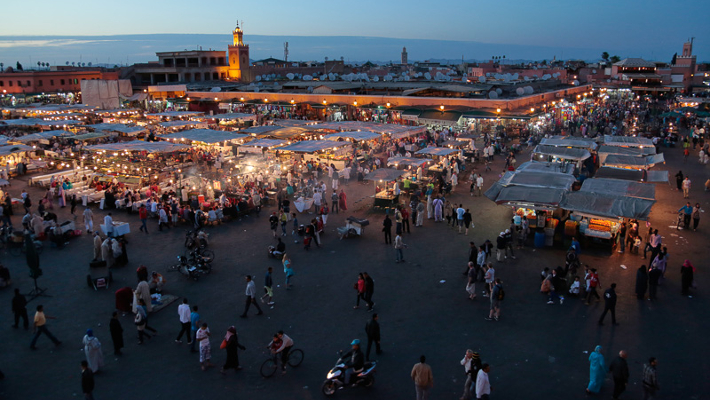The German Archaeological Institute has been involved in refurbishing the National Museum of Cherchell (Algeria) since 2008 using funding from the Cultural Preservation Programme of the Federal Foreign Office. Around two millennia ago, the ancient port of Caesarea Mauretaniae was the seat of the kings of Mauritania for 65 years. The National Museum of Cherchell houses finds of the highest quality from the city’s unparalleled heyday and from the following centuries under Roman rule.
Museum
Redesign of the Kandt House in Kigali (Rwanda)
Constructed in 1907, the house is the last remaining architectural testimony to the German colonial era in Kigali. It was named after the first German Imperial Resident, Richard Kandt. Located on Nyarugenge Hill, the centre of today’s Rwandan capital, it offers a unique view of the countryside surrounding Kigali. The newly designed building is the first museum in Rwanda to address the country’s history during the German colonial administration and its influence on the Rwandan population.
New Exhibition “Pyramids of Meroe” (Sudan)
Inauguration of the renewed entrance to the royal cemetery in Sudan with a the new exhibition “Pyramids of Meroe”.
26th January the renewed and enlarged entrance to the royal cemeteries at Meroe/Begrawiya was inaugurated with the exhibition “The Pyramids of Meroe”. A new showroom with interpretive panels was opened to the public and is now welcoming tourists informing them about the ancient necropolis and its famous pyramids. The enhancement of the visitor entrance is an important achievement for this famous site and part of a large scale development project of the Qatari Mission for the Pyramids of Sudan (QMPS). The QMPS intends to holistically approach the installation of sustainable tourism and site management at the royal pyramids of Meroe together with all stakeholders including local communities not only to develop the site but also to learn more about the Sudanese ancient monuments and to conserve it for future generations.
The World Heritage Site of Meroe is one of the most important archaeological sites in the Sudan. Its remarkable cemeteries with more than 100 pyramids attract thousands of Sudanese and international tourists each year. Since the 1960ies, the ancient site is adversely affected by environmental conditions and increasing tourism. In particular, sand erosion caused by accumulated dunes threatens the monuments. In 2014, Qatar Museums launched the Qatari Mission for the Pyramids of Sudan to investigate and to preserve the pyramid cemeteries of Meroe and to develop the site.
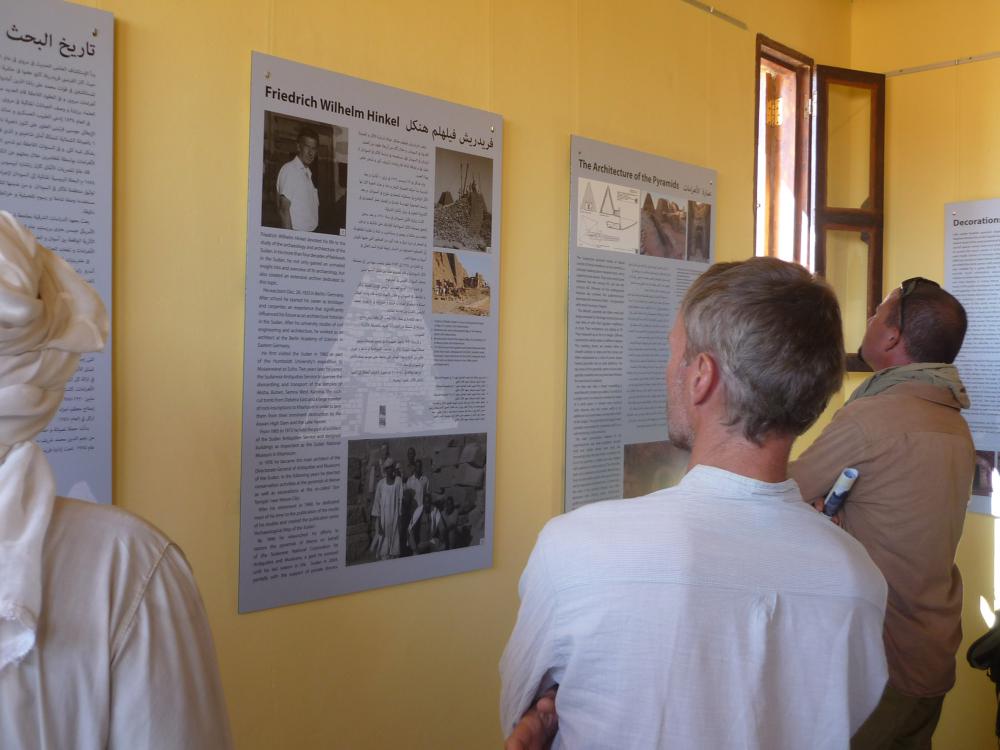
The project is embedded in the Qatar-Sudan Archaeological Project and closely cooperates with the Sudanese National Corporation for Antiquities and Museums and the German Archaeological Institute. The latter institute houses the Friedrich-Hinkel-Archive representing the most comprehensive archive of the archaeology and architecture of the Sudan. Friedrich Hinkel, a German architect, devoted almost 30 years of his life to the study and preservation of the pyramids at Meroe. The digitization and exploration of his archive’s holdings is another focus of the joint pyramid project and certainly an important basis for the Mission to continue his work to preserve the ancient Sudanese heritage at Meroe.
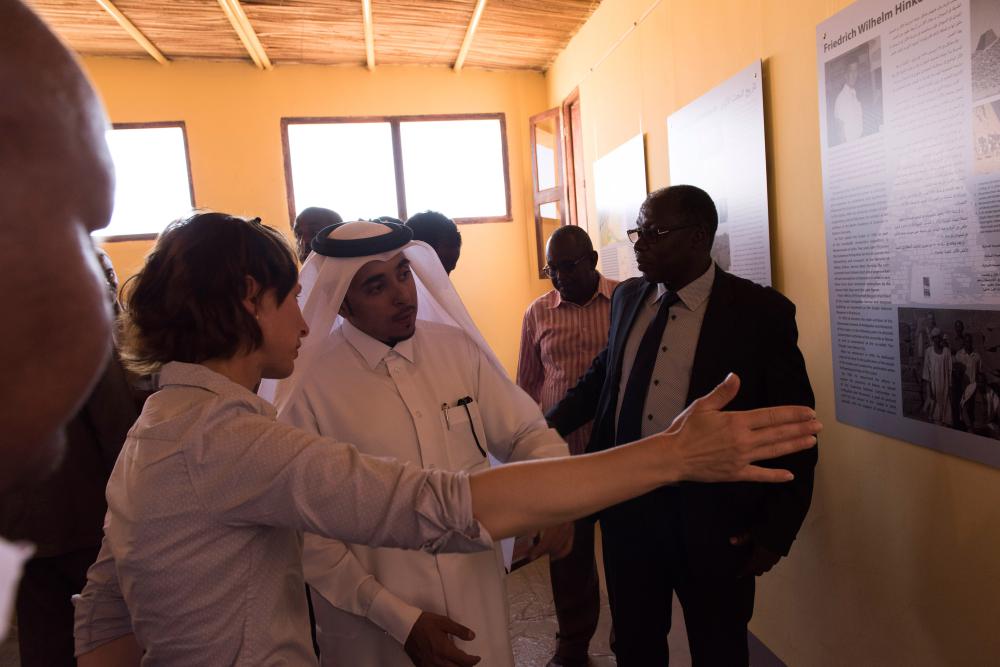
Source: Press release German Archaeological Institute
Image: Pyramids of Meroe | © flickr (CC-BY-SA-2.0).
The Two Headed Hammer project in Paradé and Ouri (Burkina Faso)
The Federal Foreign Office is supporting the preservation of traditional blacksmithing skills in the villages of Paradé and Ouri in rural Burkina Faso with funding from its Cultural Preservation Programme.
The aim of the Two Headed Hammer project is to preserve iron making and blacksmithing knowledge and skills in Burkina Faso and pass them on to future generations. Only a few elderly men still have these skills, which are at risk of dying out. If their expertise is not recorded soon, it is likely to be lost to future generations. The aim is to preserve this knowledge, which has always been handed down orally, for the future and make it available to coming generations. The project is being run in cooperation with the KulturFeuerStiftung, a German foundation that supports blacksmithing projects for children and young people, and its founder Andreas Rimkus, an artist and machinist.
A symposium on blacksmithing and wood craft was held in Paradé and Ouri at the start of the cultural preservation project. During the seminar, the participants learned about technology and skills, as well as living mythologies and legends, as recounted in the songs sung by blacksmiths while they work, and medicinal knowledge about fire and water for extinguishing fire.
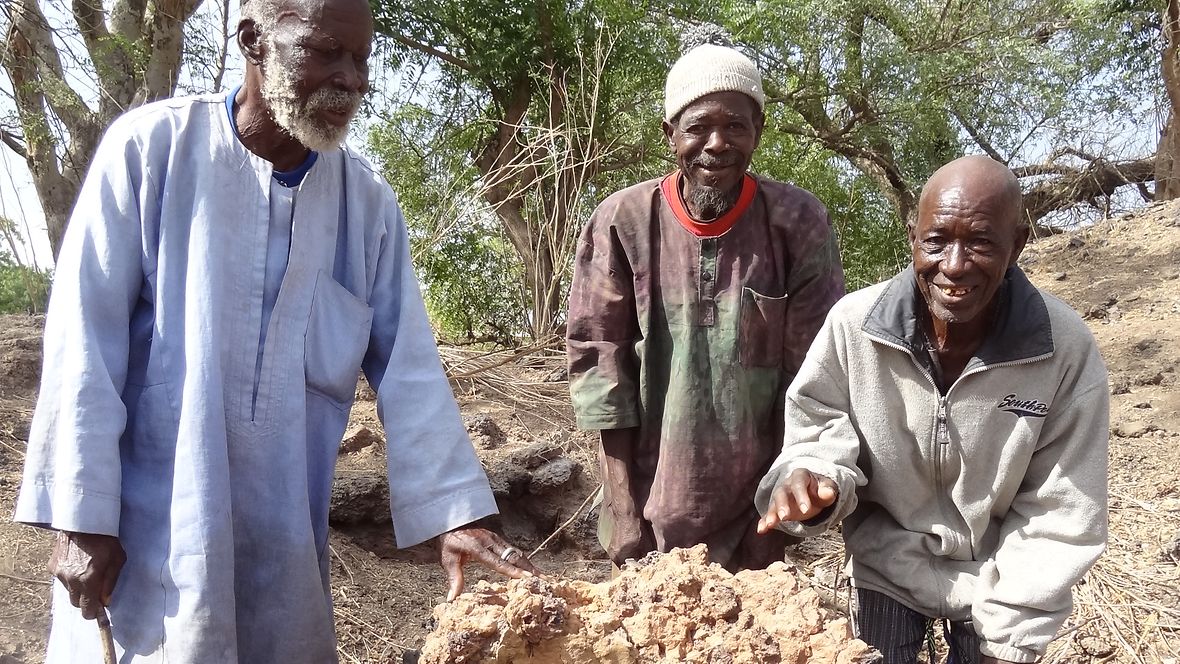
A small building made of clay is being built over a bloomery and will be used as a museum, office and exhibition space for the villagers and visitors. The museum will record blacksmithing knowledge and skills and create an infrastructure to enable the inhabitants of Paradé and Ouri to preserve their cultural heritage on their own. The two villages will thus become a focal point for anyone interested in the origins and traditions of blacksmithing, which date back centuries.
Villagers have been given computers, a solar power plant and a photo and video camera, thus enabling them to archive knowledge that has only been preserved orally to date. They can also use the equipment provided by the project to ask blacksmiths in other parts of the country questions, gather further knowledge and publish their own website. Responsibility for the project is shared with tribe members, villagers and local associations.
The Konate Family, one of the oldest blacksmithing families in Burkina Faso, is the local project partner. Decisions are made by working closely with the chiefs of the two villages. Further information on the project is available here (in German).
Promoted by: Cultural Preservation Programme of The Federal Foreign Office
Source: Ed. Federal Foreign
Image: The cultural preservation project preserves the traditional blacksmithing skills of past centuries. © Andreas Rimkus
Conversion of the Kandt House Museum in Kigali (Rwanda)
The redesigned museum opened its doors to the public in time for Richard Kandt’s 150th birthday on 17 December 2017. Constructed in 1908, it is the last remaining architectural testimony to the German colonial era in Kigali.
The building of the redesigned museum was the residence of the “first German inhabitant” and founder of the Rwandan capital, Richard Kandt. The Kandt House Museum in the Rwandan capital Kigali showcases the history of Rwanda under the German colonial administration.
With the support of the Cultural Preservation Programme of the Federal Foreign Office, the conceptual conversion of the Kandt House into a museum on the history of Rwanda at the beginning of the 20th century was facilitated by the partnership association Partnerschaftsverein Rheinland-Pfalz/Ruanda e.V. in cooperation with the Institute of National Museums in Rwanda (INMR). After the building had already been spared demolition in 2003 with funds from the Federal Government and Land Rhineland-Palatinate, the cultural preservation funding was used to support a (photo) exhibition consisting of historical (photographic) material, as well as to equip the exhibition space with display cases, audio stations, light installations and information boards. The natural history exhibition previously on display here was relocated to the Museum of Environment in Karongi and the Kandt House and its external facilities were renovated. In addition to the establishment of a library and media room as well as the development and implementation of an audio-visual concept, a roofed museum café was built in the external area.
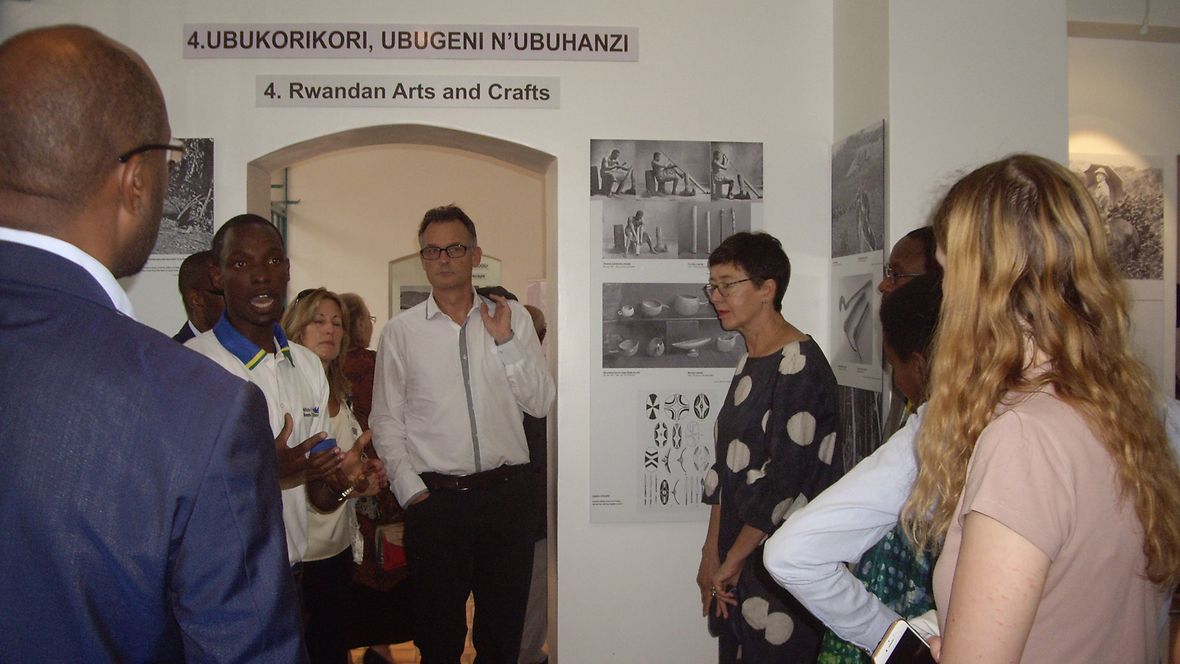
Following the redesign work, the museum now offers insights into traditions and life in Rwanda around the year 1900 and uses photos and other material to shed light on the impact of the colonial period on the population and the present day. The life and times of Richard Kandt, the Berlin Conference, the rush to the colonies on the part of adventurers, researchers and explorers, interactions between Rwandan and German actors and impacts on power and social structures are presented in modular exhibition units. In addition to the technical preservation of the colonial building, the emphasis is on examining and presenting this common colonial history, which inseparably links Germany and Rwanda, in a modern way.
A German-Rwandan cooperative partnership
German and Rwandan historians, museologists, artists and film makers jointly developed the concept for transforming the Kandt House into a modern museum. The partnership with the Institute of National Museums in Rwanda (INMR) for redesigning the Kandt House is helping to strengthen the national identity of Rwandan civil society, which is still coming to grips with the genocide.
The project partners are diverse and include the Institute of National Museums in Rwanda (INMR), the Ministry of Sports and Culture (Minispoc), the Partnerschaftsverein Rheinland-Pfalz/Ruanda e.V. (Jumelage), the German Embassy in Kigali, the Goethe-Institut, the Natural History Museum Mainz and the Kwetu Film Institute.
Promoted by: Cultural Preservation Programme of The Federal Foreign Office
Source: Ed. Federal Foreign Office
